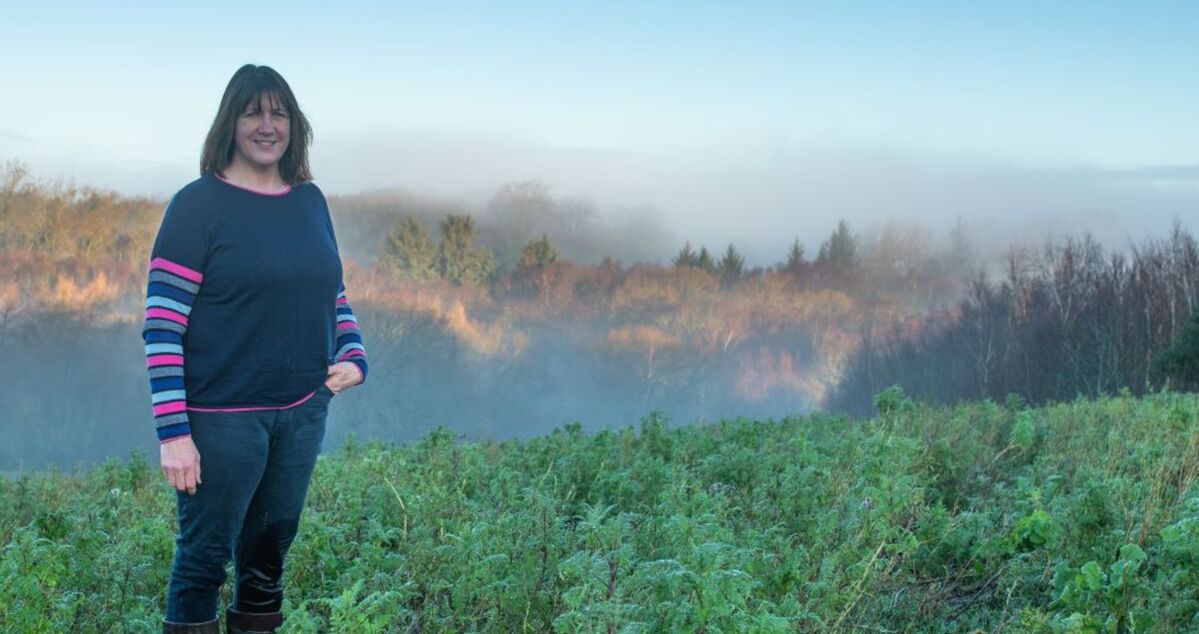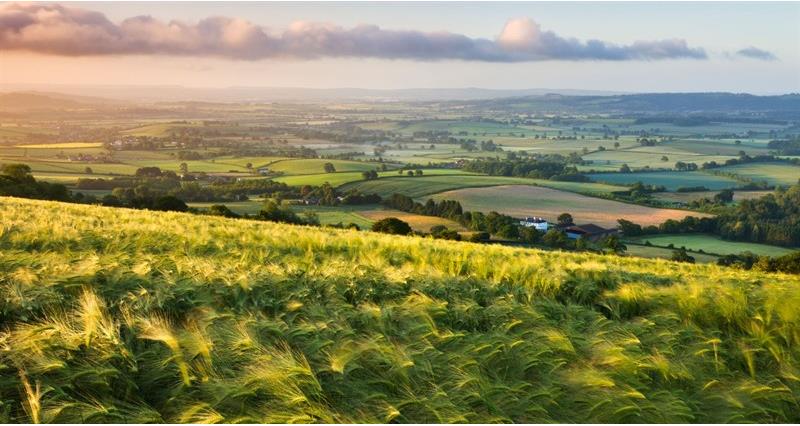The soil texture is classified as a sandy loam, characterised by a high concentration of sand with varying proportions of silt and clay. The soil type is categorised as a Luvisol, defined by a high nutrient content and good drainage. Cauliflower and potatoes were historically grown on the farm creating soil management challenges. The maize and rye now grown in rotation provide scope to improve the soils. A long cover crop can be grown after rye harvest and before spring maize planting.
Multispecies cover crop
Although the farm is not part of any stewardship scheme, the multispecies cover crop is grown over the period when soils would otherwise be bare.
Figure 1 shows a cover crop mix of phacelia, buckwheat, linseed, mustard, clover, lucerne and sunflower.

Figure 1 – cover crop mix of phacelia, buckwheat, linseed, mustard, clover, lucerne and sunflower
Furthermore, the farm has practiced direct drilling for 14 years, currently using a Claydon drill.
Caroline has an interest in soil regeneration and will be taking part in the SFI (Sustainable Farming Incentive) ‘soils standard’ trial in the ELM (Environmental Land Management scheme).
Water management
Caroline’s farm is prone to localised flash flooding due to the undulating topography. In times of heavy rainfall, water creates channels down specific routes and causes flooding and soil erosion.
To tackle this issue, Caroline has installed ‘hedge line bunds’ across the farm. Seen in Figure 2, a bund is an engineered embankment with a pipe running through it.

Figure 2 – Hedge line bunds
The bund captures water and allows it to be released more slowly, essentially using the same concept as a ‘leaky dam’. In addition, 2km of new hedges have been planted using the Natural England capital grant.
Environmental and productivity benefits
Cover crops are a key tool that contribute to increased yields, atmospheric carbon sequestration and soil, nutrient and water conservation. Moreover, bunds are effective for water management by reducing flooding and soil erosion. Sedimentation inside the bund also allows for improved water quality. In addition, minimising flood risk reduces soil denitrification because the soils are at a lower risk of becoming waterlogged. The bunds also allow for compliance with NVZ rules.



